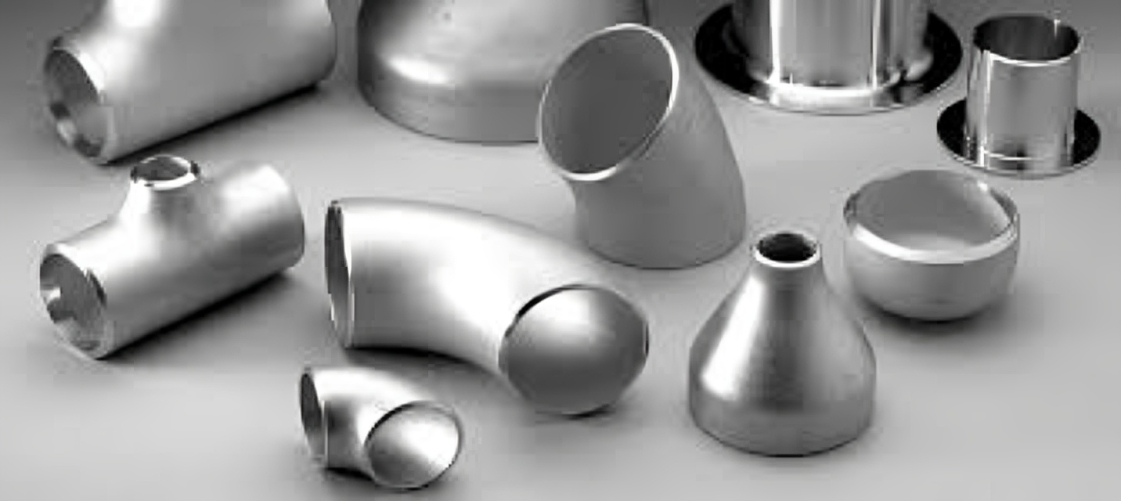Almunium
Aluminum is a lightweight, corrosion-resistant metal known for its versatility and wide range of applications. It has a natural ability to resist oxidation due to the formation of a protective oxide layer, making it ideal for use in environments where resistance to rust and corrosion is crucial. Aluminum is commonly used in aerospace, automotive, construction, packaging, and electrical industries due to its excellent strength-to-weight ratio, thermal conductivity, and ease of fabrication. It is available in various forms such as sheets, plates, bars, tubes, and foils, and comes in several grades including 1100, 2024, 3003, 6061, and 7075, each offering specific properties suited for different applications.

Aluminum Grades Available
- 1100 – Coil
- 1100 – Plate
- 1100 – Round Wire
- 1100 – Sheet
- 2014 – Hex Bar
- 2014 – Rectangular Bar
- 2014 – Round Rod
- 2014 – Square Bar
- 2024 – Hexagon Round
- 2024 – Plate
- 2024 – Rectangular Bar
- 2024 – Round Rod
- 2024 – Square Bar
- 2024 – Sheet
- 2219 – Bar
- 2219 – Extrusion
- 2219 – Plate
- 2219 – Sheet
- 7050 – Plate
- 7075 – Rectangular Bar
- 7075 – Sheet
- 7075 – Plate
- 7075 – Round Rod
- 7178 – Extrusion
- 7178 – Sheet
- 7475 – Plate
- 7475 – Sheet
- 2011 – Round Rod
- 2011 – Hexagon Rod
- 2017 – Round Rod
- 3003 – Coil
- 3003 – Plate
- 3003 – Sheet
- 3003 – Tube
- 5005 – Coil
- 5005 – Sheet
- 5052 – Coil
- 5052 – Sheet
- 5086 – Plate
- 5086 – Sheet
- 5086 – Coil
- 5657 – Coil
- 5657 – Sheet
- 6013 – Plate
- 6013 – Sheet
- 6020 – Round Rod
- 6061 – Angle
- 6061 – Channel
Chemical Composition
| Element | Aluminum 6061 | Aluminum 6063 | Aluminum 2011 | Aluminum 7075 |
|---|---|---|---|---|
| Silicon (Si) | 0.4–0.8% | 0.2–0.6% | 5.5–6.5% | 0.4% max |
| Iron (Fe) | 0.7% max | 0.35% max | 0.5% max | 0.5% max |
| Copper (Cu) | 0.15–0.4% | 0.1% max | 0.5–1.0% | 1.2–2.0% |
| Manganese (Mn) | 0.15% max | 0.1% max | 0.4% max | 0.3% max |
| Magnesium (Mg) | 1.0–1.5% | 0.45–0.9% | 0.3–0.8% | 2.1–2.9% |
| Chromium (Cr) | 0.04–0.35% | 0.1% max | 0.1% max | 0.18–0.28% |
| Zinc (Zn) | 0.25% max | 0.1% max | 0.1% max | 5.1–6.1% |
| Titanium (Ti) | 0.15% max | 0.1% max | 0.1% max | 0.2% max |
| Other Elements | 0.05% max | 0.1% max | 0.1% max | 0.2% max |
| Aluminum (Al) | Remainder (~97.5%) | Remainder | Remainder | Remainder |
Physical Properties
| Physical Property | Aluminum 6061 | Aluminum 6063 | Aluminum 2011 | Aluminum 7075 |
|---|---|---|---|---|
| Density | 2.70 g/cm³ | 2.70 g/cm³ | 2.82 g/cm³ | 2.81 g/cm³ |
| Tensile Strength | 290 MPa (42,000 psi) | 160–210 MPa (23,000–30,500 psi) | 275 MPa (40,000 psi) | 570 MPa (83,000 psi) |
| Yield Strength | 240 MPa (35,000 psi) | 120 MPa (17,400 psi) | 195 MPa (28,000 psi) | 505 MPa (73,000 psi) |
| Modulus of Elasticity | 68.9 GPa (10,000 ksi) | 68.9 GPa (10,000 ksi) | 73.1 GPa (10,600 ksi) | 71.7 GPa (10,400 ksi) |
| Thermal Conductivity | 151 W/m·K | 201 W/m·K | 121 W/m·K | 130 W/m·K |
| Melting Point | 582–652°C (1080–1205°F) | 600–650°C (1112–1202°F) | 480–510°C (896–950°F) | 477–635°C (890–1175°F) |
| Electrical Conductivity | 40% IACS | 40% IACS | 38% IACS | 30% IACS |
| Hardness (Brinell) | 95 HB | 70–95 HB | 95 HB | 150–190 HB |
Notes:
- Density: The mass per unit volume of the material, representing its weight for a given volume.
- Tensile Strength: The maximum stress the material can withstand before breaking or failing.
- Yield Strength: The stress at which a material begins to permanently deform or yield under load.
- Modulus of Elasticity: A measure of the stiffness of the material, or its ability to resist elastic deformation under stress.
- Thermal Conductivity: The ability of the material to conduct heat. Higher values indicate better heat transfer capabilities.
- Melting Point: The temperature at which the material changes from solid to liquid.
- Electrical Conductivity: The ability of the material to conduct electricity, expressed as a percentage of the International Annealed Copper Standard (IACS).
- Hardness (Brinell): The material's resistance to indentation or surface wear. Higher values represent harder materials.